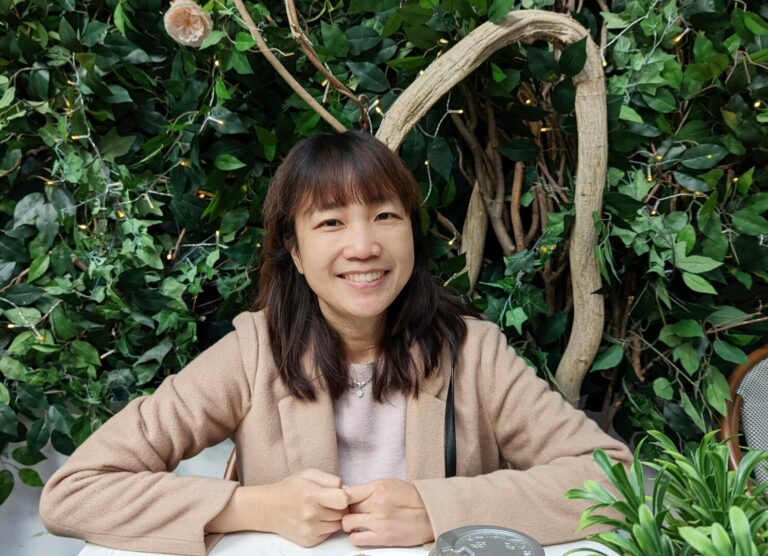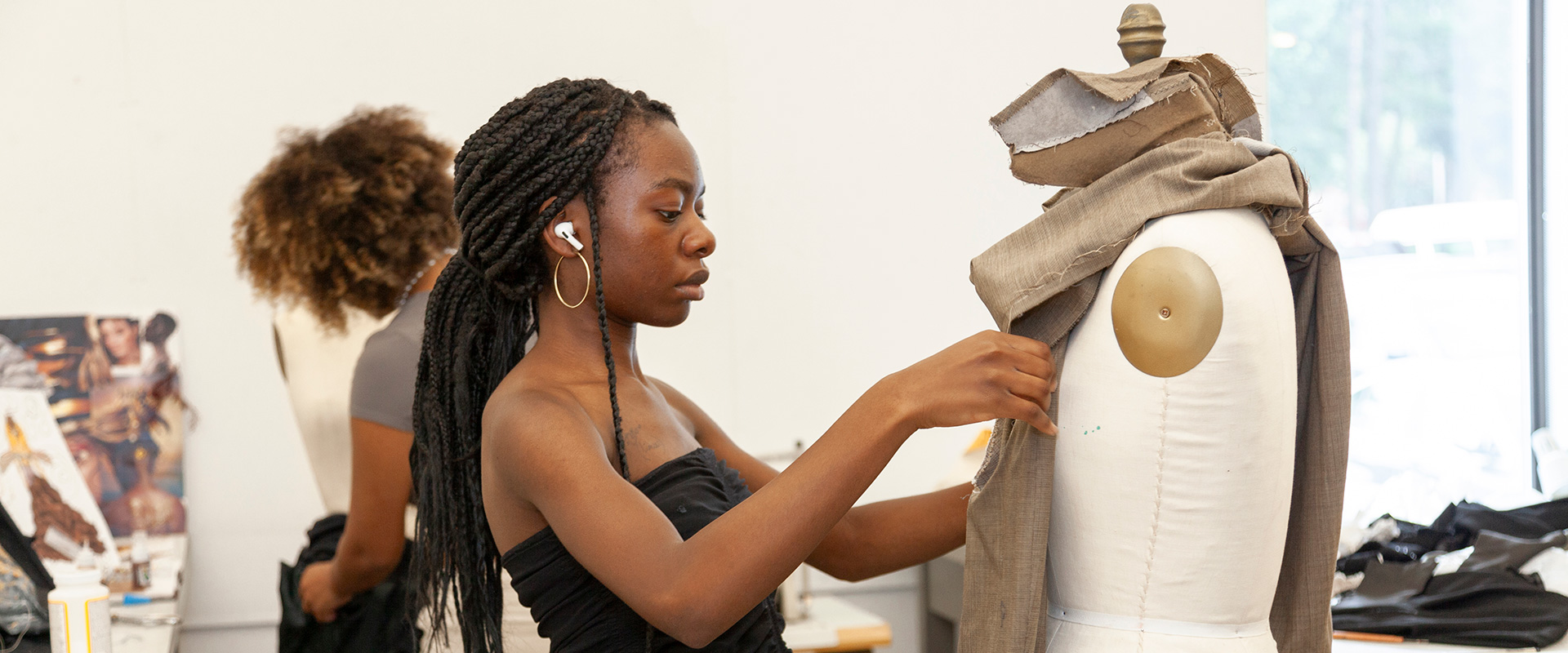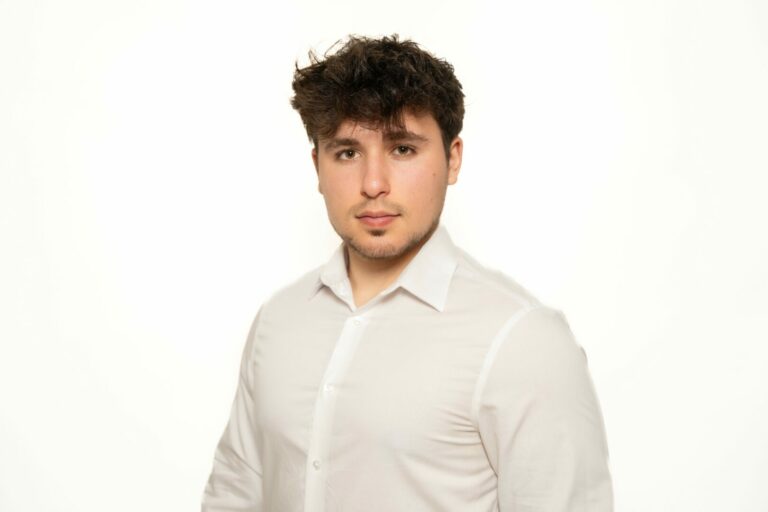We recently connected with Haerri Kim and have shared our conversation below.
Hi Haerri, appreciate you sitting with us today to share your wisdom with our readers. So, let’s start with resilience – where do you get your resilience from?
As a visual artist, I find my resilience in recreating my story through imagery. My art often addresses themes of trauma and ambivalent emotions. By exploring these topics visually, I aim to invite others to share their own experiences of struggle. I work with various mediums, including printmaking, painting, and animation, allowing for a broad range of expression. Regardless of the medium I choose, I focus on creating allegories.
The allegories I construct employ personal, one-to-one symbols that are meaningful to me. Unlike traditional biblical iconographies, my images feature symbols that may not be easily decipherable. This reflects the difficulty many face in disclosing their trauma, often due to fears of apathy or blame. People are usually willing to share their painful experiences, but they dread being judged, which can result in trauma being expressed in subtle, complex forms.
Furthermore, the one-to-one symbols I use serve as a metaphor for the uniqueness of each person’s experiences and emotions. Even individuals who have gone through similar situations may approach healing differently. By embodying this concept through my imagery, I feel a sense of resilience and recovery. Ultimately, I believe that no matter how small one’s voice may seem, it is still valid and deserving of expression.


Great, so let’s take a few minutes and cover your story. What should folks know about you and what you do?
I am currently back in Seoul, Korea, focusing on my exhibitions. I spent the last two years in London pursuing my master’s degree in Fine Art, and it was a great experience that allowed me to reconnect with printmaking. This year, I am leaning towards creating large mural-like paintings. I want these works to have the aesthetic of portraits typically found in traditional museums, but at the same time, I aim to infuse them with a sense of modernity and mystique. My goal for this collection is to make the paintings feel as if they are actual depictions of scenes from an ancient epic.
Recently, I created a short animation and presented it at my exhibition. So far, I have made about four videos for my exhibitions the last 6 years. I am aiming to produce one every two years. These videos usually accompany my paintings and sculptural works, creating a delightful experience for viewers. The elements or objects seen in the film are often present in the gallery, allowing visitors to see them in flesh. I believe the juxtaposition of the film and my other artworks complements each other beautifully.
Another project I am excited about is my role as an illustrator for a graphic novel. I have always been drawn to storytelling and have created a few stories of my own. This year, I decided to participate as an illustrator, hoping this will serve as a stepping stone toward creating my own graphic novel in the future. The challenge of a graphic novel lies in condensing plots and emotions into fewer frames compared to film. I find this challenge optimistic because it mirrors the process I typically use in my paintings. I hope it will provide a beneficial constraint.


Looking back, what do you think were the three qualities, skills, or areas of knowledge that were most impactful in your journey? What advice do you have for folks who are early in their journey in terms of how they can best develop or improve on these?
First, it’s important to understand what your work is about and who it’s for. This may sound basic, but it’s something that’s easy to overlook, especially in academic or institutional settings where you’re constantly being asked to explain your work in unfamiliar terms. I remember feeling disconnected from my own pieces during critiques, struggling to articulate choices that had felt instinctive at the time. While I don’t believe every element needs to be thoroughly interpreted, I do think it’s useful to take a step back and ask why you’re sharing a particular piece. The answer doesn’t need to be complex. It could be as simple as wanting to offer a visually interesting experience. But having clarity about your intentions helps you maintain direction and makes it easier to filter out unhelpful feedback. It also helps you connect with the right audience, rather than trying to appeal to everyone.
Second, integrating outside research into my practice, especially from psychology, has helped me understand the underlying themes in my work. I often found myself drawn to questions about behavioral patterns and emotional responses, particularly around topics like harm and recovery. On a personal level, I used to question why survivors of abuse, myself included, often find themselves in repeated patterns of harm. I hesitated to share my own story out of fear that I’d be blamed for allowing the cycle to repeat. Delving into evolutionary psychology gave me the language and framework to understand this phenomenon, and helped me let go of guilt. It gave me the strength to explore the emotional ambivalence I felt toward perpetrators, and to express that nuance through my narrative-based works. Exploring these questions through the lens of evolutionary psychology gave me a deeper framework for understanding certain dynamics and, in turn, helped shape the narrative aspects of my work. I think having a reference point outside of art—whether it’s academic, scientific, cultural, or personal—can add depth and clarity to your practice. It can also make your work more resilient when you’re navigating challenging subject matter.
Finally, staying open to learning new techniques has been one of the most valuable things for me. Even though I studied painting and printmaking, I gradually taught myself to use tools like After Effects and Blender. At times, it felt like I was moving too slowly because I was dividing my focus. But over time, those skills allowed me to combine media in ways that feel more aligned with how I think. I also realized I didn’t need to master every tool. Just knowing enough to realize an idea was often enough. More recently, I’ve expanded into ceramics, foundry work, and even AI-based tools to support animation and manage production costs. My advice would be to stay curious and not be afraid to experiment, even if it takes time. The connections between different mediums often emerge gradually.


All the wisdom you’ve shared today is sincerely appreciated. Before we go, can you tell us about the main challenge you are currently facing?
Like many artists, I’ve found that self-doubt is a recurring challenge throughout my practice. I wouldn’t say I’ve completely overcome it—and to some extent, I don’t think we should. A certain level of self-doubt can be constructive. As artists, we’re constantly moving between deep introspection and the need to evaluate our work from a more distanced, objective standpoint. That back-and-forth can be mentally taxing, but I’ve learned to approach self-doubt in a way that’s similar to how we might think about anxiety.
Anxiety is often seen as something purely negative or something to get rid of, but in reality, it’s more like a smoke alarm. It can be inconvenient, even disruptive, but it’s there to alert us to potential problems. The key is not to eliminate it, but to understand it and learn how to live with it. I treat self-doubt the same way: not as an obstacle to be completely erased, but as something to manage, question, and work through.
One practical way I do this is by organizing informal feedback sessions with a few trusted artist friends. I share my work with them while it’s still in progress, which helps me see it more clearly and catch things I might miss when I’m too close to it. I’ve found that being open to critique early in the process, rather than waiting until everything feels ‘perfect’, makes the work stronger in the long run. Even documenting the in-between stages can reveal unexpected directions. It’s not always comfortable, but building a system of reflection and dialogue has helped me stay grounded and keep moving forward.
Contact Info:
- Website: https://haerrikim.com
- Instagram: @sleep_under
- Youtube: https://youtu.be/L7NU1Ac23F0?si=d_w5CMSKKlXLOtFW


Image Credits
Space Uooyoung
Ian Yang
so if you or someone you know deserves recognition please let us know here.




